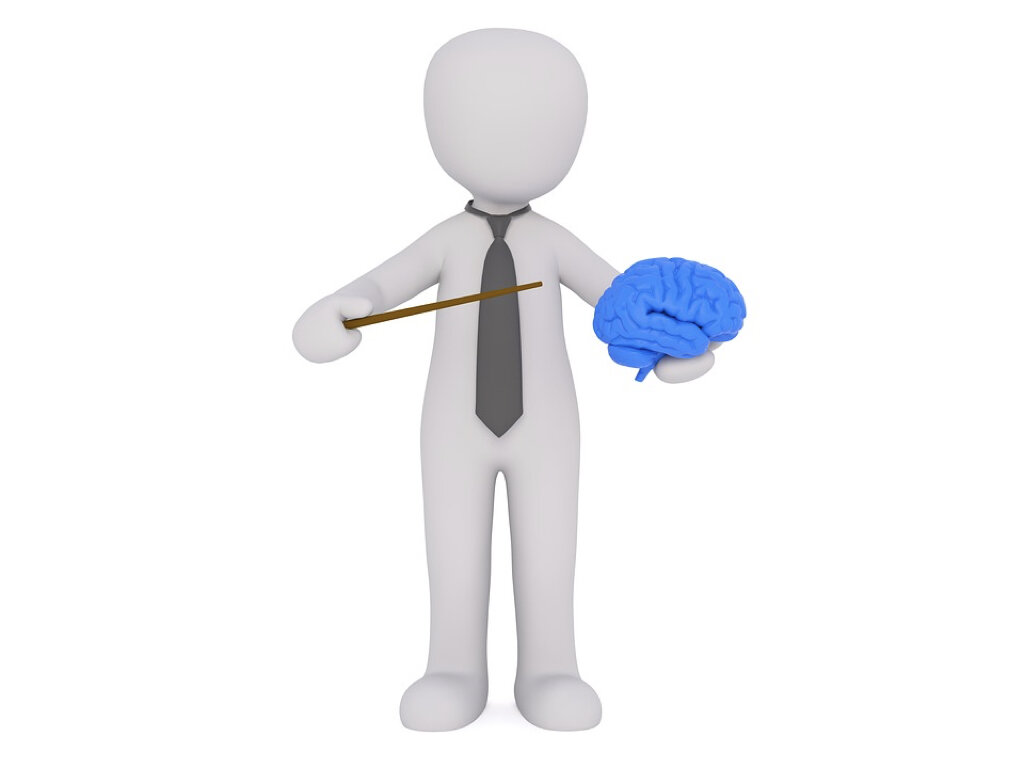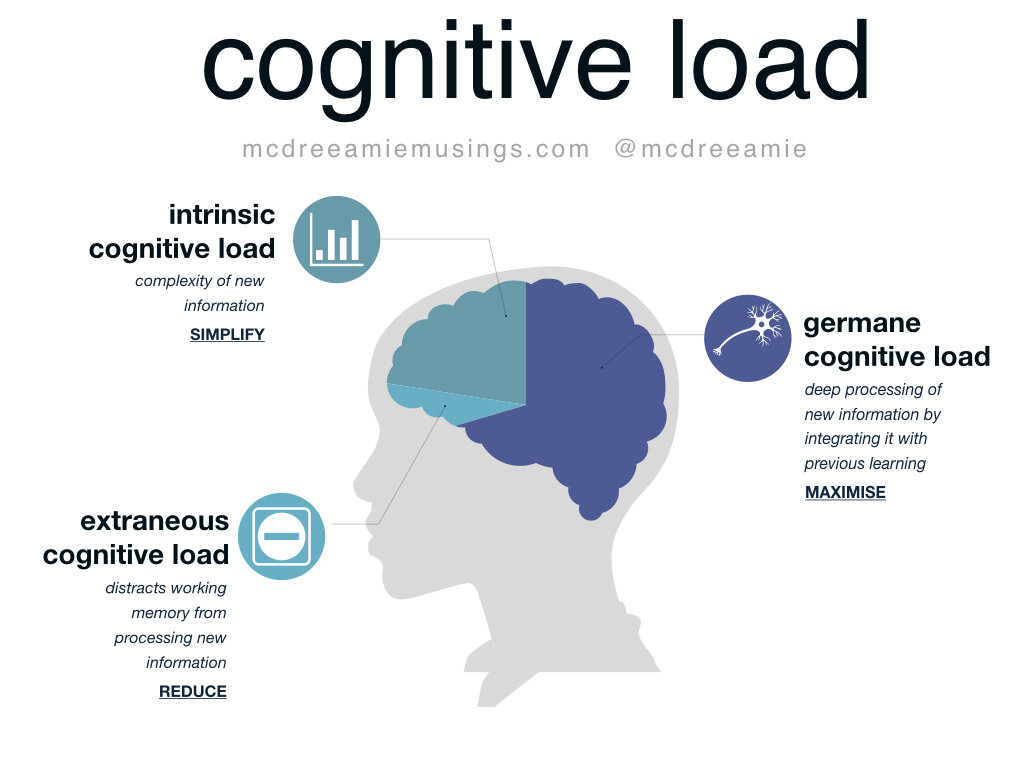You’re driving to work. A route you use every working day. The radio is on and you’re singing along word for word. You really love this song. Suddenly you see there’s road works and you have to go down a different route you’re not familiar with. There’s a tight parking spot and you need to do a three point turn. What about the song? Now it’s no longer pleasant but a distraction. It’s like you don’t have the head space to listen and perform your tasks. You turn the radio down. Now it all feels easier.
This is cognitive overload. It’s not just an everyday phenomenon but instead an important concept we have to appreciate when we design and present a teaching session. Cognitive overload explains why some teaching sessions don’t work. In order to understand this we have to look at how we form memories.
Working memory is a cognitive system with a limited capacity. It temporarily holds information available to us to use immediately. Working memory is made of the phonological loop, which deals with sound information, the visual-spatial sketch pad, which deals with visual information and spatial awareness, and the central executive which controls information within the different areas. We therefore use our working memory for tasks such as reading, problem solving and navigation.
Working memory becomes long term memory by categorising information into knowledge structures called ‘schema’. Through integrating these schema with existing knowledge and then repeated retrieval of the knowledge it becomes embedded in our long term memory. Working memory can hold a maximum of nine items at any one time.
Cognitive Load
Cognitive load is the amount of mental resources used in working memory used to perform various tasks. In education cognitive load is essentially the amount of effort a student’s brain is having to make in order to learn new information. It is made up of three parts. One can be ugly, one which is bad and one which is good. We have to simplify the ugly, reduce the bad and maximise the good to make our presentation work.
The (can be) ugly
Intrinsic cognitive load is the amount of cognitive resources the person would need to use to transfer new information to long term memory. This basically how complex the material being taught is. Therefore it can be ugly. Too much complexity and there is too much of a cognitive load on our audience. An educator needs to manage this part and simplify their message as much as possible. This minimises intrinsic cognitive load and prevents it getting ugly.
The bad
Extraneous cognitive load creates distractions and prevents working memory from processing new information. It stops us learning. Distractions in the room and badly chosen media increase extraneous cognitive load and makes it harder to turn working memory into long term memory. As a result extraneous cognitive load must be reduced as much as is possible.
The good
Germane cognitive load is a deep process. It describes the organisation of information by integrating and connecting it with exiting knowledge. This is how our audience takes what’s been presented to them there and then and turns it into long term memory. Germane cognitive load needs to be maximised as much as possible.
In order to manage intrinsic load, minimise extraneous load and maximise germane load requires planning. A simple message delivered in a clear way without distractions building on previous knowledge.
Thanks for reading.
- Jamie

